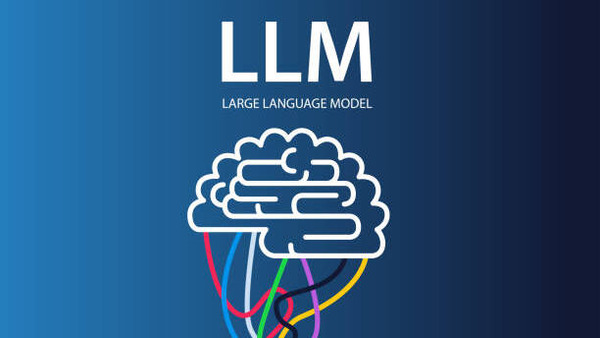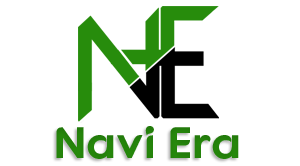If you're seeking accurate answers to the Introduction to Large Language Models Quiz, you've come to the right place. Here, you'll find a comprehensive list of all the questions along with their corresponding answers.
Introduction to Large Language Models: Quiz Questions and Answers
Q1. What are large language models (LLMs)?
Option 1: Generative AI is a type of artificial intelligence (AI)
that can create new content, such as discrete numbers, classes, and
probabilities. It does this by learning from existing data and then using
that knowledge to generate new and unique outputs.
Option 2: Generative AI is a type of artificial intelligence (AI)
that only can create new content, such as text, images, audio, and video
by learning from new data and then using that knowledge to predict a
discrete, supervised learning output.
Option 3: Generative AI is a type of artificial intelligence (AI)
that only can create new content, such as text, images, audio, and video
by learning from new data and then using that knowledge to predict a
classification output.
Option 4:
An LLM is a type of artificial intelligence (AI) that can generate
human-quality text. LLMs are trained on massive datasets of text and
code, and they can be used for many tasks, such as writing,
translating, and coding.
The Correct Answer for Q1 is Option 4
Q2. What are some of the challenges of using LLMs? Select three options.
Option 1:
They can be used to generate harmful content.
Option 2:
They can be biased.
Option 3:
They can be expensive to train.
Option 4: After being developed, they only change when they are fed
new data.
The Correct Answer for Q2 is
Option 1, Option 2, Option 3
Q3. What are some of the applications of LLMs?
Option 1: LLMs can be used for many tasks, including:
- Writing
- Translating
- Coding
- Answering questions
- Summarizing text
- Generating non-creative discrete classes
Option 2:
LLMs can be used for many tasks, including:
- Writing
- Translating
- Coding
- Answering questions
- Summarizing text
- Generating creative content
Option 3: LLMs can be used for many tasks, including:
- Writing
- Translating
- Coding
- Answering questions
- Summarizing text
- Generating non-creative discrete probabilities
Option 4: LLMs can be used for many tasks, including:
- Writing
- Translating
- Coding
- Answering questions
- Summarizing text
- Generating non-creative discrete probabilities, classes, and predictions.
Option 5: LLMs can be used for many tasks, including:
- Writing
- Translating
- Coding
- Answering questions
- Summarizing text
- Generating non-creative discrete predictions
The Correct Answer for Q3 is Option 2
Q4. What are some of the benefits of using large language models (LLMs)?
Option 1: LLMs have a number of benefits, including:
- They can generate human-quality text.
- They can be used for many tasks, such as text summarization and code generation.
- They can be trained on massive datasets of text, images, and code.
- They are constantly improving.
Option 2: LLMs have many benefits, including:
- They can generate discrete classes and human-quality text.
- They can be used for many tasks, such as text summarization and code generation.
- They can be trained on massive datasets of text and code.
- They are constantly improving.
Option 3: LLMs have many benefits, including:
- They can generate probabilities and human-quality text.
- They can be used for many tasks, such as text summarization and code generation.
- They can be trained on massive datasets of text and code.
- They are constantly being improved.
Option 4: LLMs have a number of benefits, including:
- They can generate non-probabilities and human-quality text.
- They can be used for many tasks, such as text summarization and code generation.
- They can be trained on massive datasets of text, image, and code.
- They are constantly improving.
Option 5: LLMs have many benefits, including:
- They can generate human-quality text.
- They can be used for a variety of tasks.
- They can be trained on massive datasets of text and code.
- They are constantly improved.
The Correct Answer for Q4 is Option 5
RELATED
"Introduction to Image Generation: Quiz" Question & Answers
"Encoder-Decoder Architecture: Quiz" Questions Answers








No comments:
Post a Comment
What do you think about this article? just write your feedback in the comment box. Thanks :)